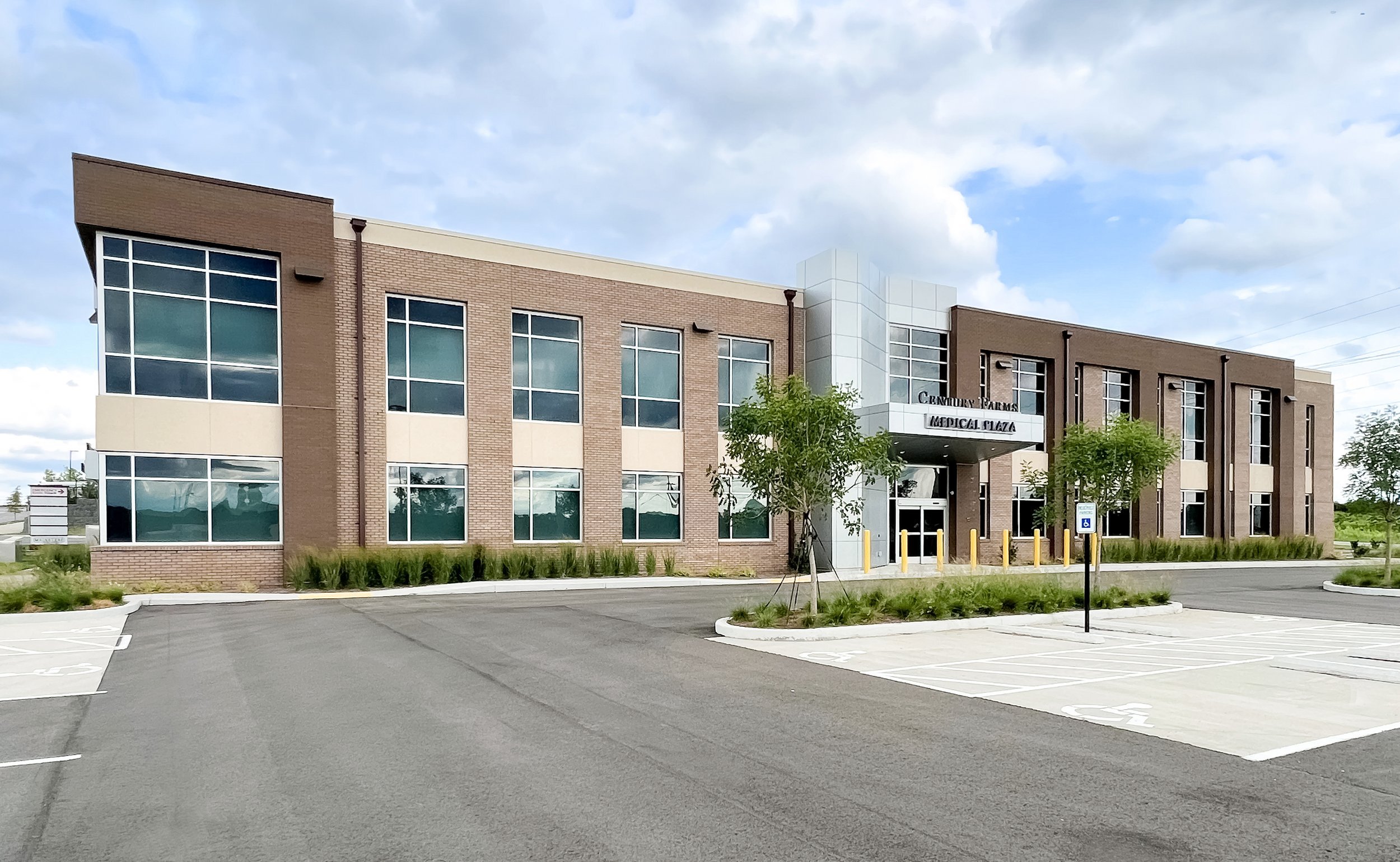Real Estate Costs: A Healthcare Practice’s Second-Highest Expense
In the intricate web of expenses that comprise the operational budget of a healthcare practice, real estate costs stand out as a significant financial burden. Often overshadowed only by personnel expenses, real estate costs consistently rank as the second-highest expenditure for most healthcare practices. In an industry where every dollar counts, understanding the nuances of site selection and lease negotiation can make a substantial difference in mitigating these costs and promoting profitability.
Healthcare providers face unique challenges when it comes to real estate. Unlike traditional commercial tenants, medical practices have specific spatial requirements, zoning regulations, and ambulatory considerations to meet. Moreover, the location of a healthcare facility can profoundly impact patient accessibility, retention, and overall satisfaction. Thus, selecting the right site is not just about finding an available space; it's about strategically positioning the practice to thrive.
Site selection is not merely a matter of choosing a location with high foot traffic or visibility. It involves a comprehensive analysis of demographic trends, patient population distribution, competition mapping, and proximity to referral sources. A thorough understanding of these factors enables healthcare providers to identify underserved areas ripe for expansion or strategically position themselves amidst competitors.
Once a suitable site is identified, the next critical step is lease negotiation. Lease terms can significantly affect the bottom line, yet many healthcare providers overlook the importance of negotiating favorable terms. Engaging an experienced healthcare real estate professional who specializes in healthcare can be invaluable in navigating complex lease agreements and securing favorable terms.
Leverage Your Tenancy.
Your practice is valuable in the market. Leveraging your tenancy in it can lower your occupancy cost and save you significant amounts of money.
Effective lease negotiation involves more than just haggling over rental rates. It requires a deep understanding of industry-specific clauses, such as build-out allowances, operating expenses, renewal options, and compliance with healthcare regulations. Moreover, healthcare providers must anticipate future growth and negotiate flexibility in lease terms to accommodate expansion or downsizing as needed.
By strategically approaching site selection and lease negotiation, healthcare practices can not only reduce real estate costs but also enhance operational efficiency and patient satisfaction. A well-planned location can attract a larger patient base, improve accessibility, and foster collaboration with other healthcare providers, ultimately leading to better outcomes and higher profitability.
Furthermore, proactive lease negotiation can provide financial stability and peace of mind, allowing healthcare providers to focus on delivering quality care without the constant worry of escalating real estate expenses. In an industry where margins are often razor-thin, every dollar saved on real estate costs can directly contribute to the sustainability and growth of the practice.
In conclusion, real estate costs represent a significant portion of the operational budget for healthcare practices, making site selection and lease negotiation critical components of financial success. By leveraging data-driven insights, engaging experienced real estate professionals, and negotiating favorable lease terms, healthcare providers can effectively mitigate real estate expenses and position themselves for long-term profitability and success. In today's competitive healthcare landscape, strategic real estate decisions can make all the difference between thriving and merely surviving.


